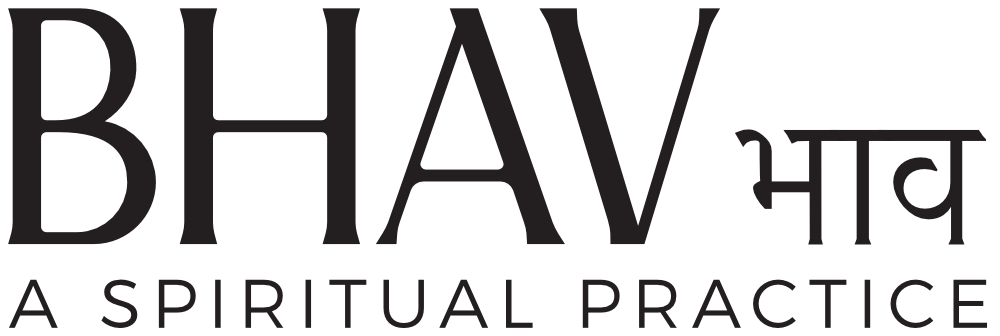EIGHT LIMBS OF YOGA - Pranayama
Breath and mind are intimately connected. How we breathe is a reflection of how we think. As we begin to shape the breath consciously, the mind has no choice but to respond. To maintain the conscious hold of the breath, the mind must remain present. On a deeper level, subconscious mental patterns associated with past experiences also undergo transformation through Prāṇāyāma, allowing us to respond to the present moment more fully and authentically.
In Yoga Sūtra 2.49, Patañjali emphasises that Prāṇāyāma should only be approached after mastery of āsana. Once the body is steady, comfortable, and no longer a distraction (sthira sukham āsanam), the practitioner becomes prepared for the more subtle work of regulating the life force through the breath. This foundation ensures the breath can be skilfully guided without causing agitation in the body or disturbance in the mind.
Because of the powerful capacity of Prāṇāyāma to reach deep layers of the mind, it is essential to progress mindfully, respectfully, humbly, and slowly. Even though Prāṇāyāma influences us on many levels, at its heart it is about our relationship to the present moment. To practice it skilfully, we ourselves must be present.
Patañjali further clarifies in Yoga Sūtra 2.50 that Prāṇāyāma is refined through awareness of the regulation of inhalation (pūraka), exhalation (recaka), and retention (kumbhaka) — measured by place (where the breath is directed and felt), time (duration of each phase), and number (repetitions or cycles). When breath is consciously shaped in this way, it becomes a transformative tool that purifies our inner field and influences our mental patterning, helping us become less conditioned by past impressions and more anchored in presence.
